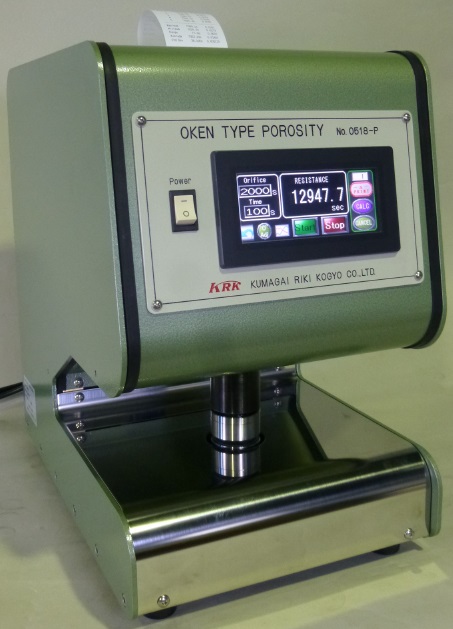The search results of the 「Physical testing」
Kumagai Law of Nature Machine
Industrial company > Problem > Physical testing
Physical testing / Bursting
- No.2021
- [JIS]
- [TAPPI]
- [ISO]
In the international standard, burst strength is specified as a value of pressure that is necessary to make the paper or paperboard burst, by exerting pressure to the paper sheet with a certain speed and deforming the paper into a shape of a ball. This machine features the possibility of testing burst strength safely and rapidly: the specimen is applied the pressure that is exerted via a rubber diaphragm by the penetration of a motorized plunger, and the pressure sensor detects and displays pressure strength at the moment the specimen bursts. This machine comes into two types: type C and type A. Type C is designed for paper sheets, paperboard and film 0.64 mm or less thick, and Type A for paperboard, corrugated board and the like. Unlike the conventional Mullen type, the KRK burst strength tester features many advantages, for example, high precision, reproducibility and operability. This machine focuses on the safety. KRK offers the model with a printer or a paper feeder as well.
Physical testing / Bursting
- No.2028
- [JIS]
- [TAPPI]UM522
- [ISO]
This ply separation strength tester is designed to be used together with a burst strength tester to measure ply separation strength of paperboard. The principle is as follows: the specimen, composed of two pieces of paperboard bonded together and cut off in the shape of a doughnut, as shown in the figure, is bonded in a state of being pinched between the circular plate and the holeless metallic plate to be inserted into the burst strength tester for pressure application. During being pressurized, the rubber diaphragm inflates toward the holeless disc. The gauge reads a maximum pressure at the moment ply separation occurs.
Physical testing / Tearing
- No.2033
- [JIS]P-8116-2000
- [TAPPI]T414om-98
- [ISO]1974
This machine is designed to measure the resistance to tearing of various kinds of printing paper such as newspaper, paper bags, packing paper, when subject to tearing stress during their use. Usually, tear resistance is composed of force of extracting fibers from paper layers and force of cutting the fibers. In general, the longer the fiber length is, the stronger tear resistance is. When the binding area among fibers increases, exceeding the optimal area, the tear strength decreases inversely with the trends of tensile and bursting strengths. This machine with an additional weight on (option) is able to measure a wide range of materials, including paper, paperboard, fibers, plastic film and the like. With a pneumatic specimen clamp, the system is excellent in operation, displaying an average measurement for a unit of 16 sheets.
Physical testing / Tearing
- No.2035
- [JIS]P-8116-2000
- [TAPPI]T414om-98
- [ISO]1974
Tear strength is defined as a value of resistance to tearing when a sheet of paper is held with both hands and torn. To simulate this force, the fan-shaped pendulum is swung down onto the paper from a certain level of height to tear it, and the energy loss of the pendulum at that time is given as tear strength. According to the strength of a paper sheet, change the number of paper sheets from one to sixteen, and the value obtained is converted to the value at the time 16 sheets of the same paper are subject to tearing. This value is used as a tear value.
Physical testing / Tearing
- No.2036
- [JIS]P-8116-2000
- [TAPPI]T414om-98
- [ISO]1974
This machine finds uses in testing the tear strength of corrugated board base paper, roofing, woven textile and the like, which the No.2035 cannot measure. A weight mass is fixed to the center of the pendulum to double swing energy. Handling is the same as in the case of the No.2035: the lost energy is read on a scale on the pendulum when the specimen is torn.
Physical testing / Tearing
- No.2037
- [JIS]
- [TAPPI]
- [ISO]
This machine was developed with KRK’s own technology to test the tear strength of thin paper sheets, synthetic paper, cellophane or the like: tear strength of these specimens is difficult to be measured by testers available on market. The principle of this machine is the same as that of the standard type (JIS standard). The rotation speed of the pendulum with no load is almost the same as that in the case of a standard type. The maximum tear energy is 1/3 or 1/4 of the standard type (selectable). The position of the chuck is the same as the standard type: the chuck is 27.5 degrees from the vertical line passing the rotation axis with a rotation radius of 104 mm. The size of the specimen, the depth needed to chuck the specimen and the groove depth are also the same as those of the standard type.
Physical testing / Smoothness
- No.2039
- [JIS]P-8151
- [TAPPI]555om-99
- [ISO]8791-4:1992, BS 6563:1985
Paper smoothness, one of the most important printing characteristics, has since long been measured with the Oken procedure, Sheffield procedure, Bendtsen tester, Gurley SPS tester or the like, depend upon air permeability and change in air inner pressure. However, these procedures resorting to physical properties involve difficulty in evaluating printing aptitude of paper. Parker Print-Surf (P.P.S.), a 1965’s development by John Parker M.A in the U.K., was highly appreciated by many researchers, as a means to test the aptitude of paper for gravure printing. In 1985, this procedure was adopted as an English standard (BS) and in 1992 as an ISO standard.
The principle is as follows: an extremely thin measurement ring is pressed over the surface of a specimen with a certain level of pressure, and air of stable low pressure is fed from the inside of the ring. The air leaks out from the surface at the extremity where the measurement ring and the paper contact each other. The leak air volume varies with the roughness of a paper sheet, and the amount of leaked air volume is represented as an indicator of paper surface roughness in micron meters.
The principle is as follows: an extremely thin measurement ring is pressed over the surface of a specimen with a certain level of pressure, and air of stable low pressure is fed from the inside of the ring. The air leaks out from the surface at the extremity where the measurement ring and the paper contact each other. The leak air volume varies with the roughness of a paper sheet, and the amount of leaked air volume is represented as an indicator of paper surface roughness in micron meters.
Physical testing / Roughness/Porosity
- No.2040-C
- [JIS]P-8155-2010,P-8117-2009
- [TAPPI]
- [ISO] 5636-6
This machine, like the H model, is designed to determine smoothness and air permeability by converting to pressure the airflow between the standard surface and the surface of a specimen under certain conditions. The digital model uses an electronic manometer instead of the water column type air manometer, displaying smoothness and air permeability as a digital value.
In addition, use of the timer enables to display measurement values always in stable status.
This machine is optimal for field management with the following advantages;
Measurement in short time
Easy in reading measurement values, because they are expressed as digital values. The tester for smoothness only or for air-permeability only also is available.
In addition, use of the timer enables to display measurement values always in stable status.
This machine is optimal for field management with the following advantages;
Measurement in short time
Easy in reading measurement values, because they are expressed as digital values. The tester for smoothness only or for air-permeability only also is available.
Physical testing / Roughness/Porosity
- No.2040-H
- [JIS]P-8117-2009
- [TAPPI]
- [ISO] 5636-6
This machine has its characteristic in using a 500mm water column air manometer to measure airflow between the surface of a specimen and the standard surface, with certain conditions, while Bekk type smoothness tester depends on the measurement of time that is needed to inflow a certain amount of air.
The standard surface is constituted of multiple concentric rings, and the air of 500mm water column-adjusted low pressure is let to flow between the standard surface and the specimen for measurement. On the way of the air passage, is provided a capillary orifice to convert airflow into pressure for display. This testing method consumes little time in measurement, so it is suitable for site management. The standard type measures smoothness and air permeability. The tester for smoothness or air permeability only is available.
The standard surface is constituted of multiple concentric rings, and the air of 500mm water column-adjusted low pressure is let to flow between the standard surface and the specimen for measurement. On the way of the air passage, is provided a capillary orifice to convert airflow into pressure for display. This testing method consumes little time in measurement, so it is suitable for site management. The standard type measures smoothness and air permeability. The tester for smoothness or air permeability only is available.
Physical testing / Roughness/Porosity
- No.0518-P
This machine is designed to determine air permeability by converting to pressure the airflow under certain conditions. The digital model uses an electronic manometer instead of the water column type air manometer, displaying air permeability as a digital value.
In addition, use of the timer enables to display measurement values always in stable status.
This machine is optimal for field management with the following advantages;
Measurement in short time
Easy in reading measurement values, because they are expressed as digital values.
In addition, use of the timer enables to display measurement values always in stable status.
This machine is optimal for field management with the following advantages;
Measurement in short time
Easy in reading measurement values, because they are expressed as digital values.
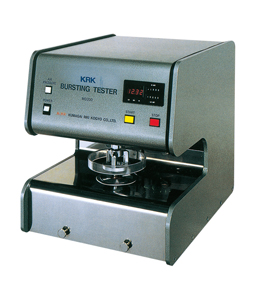
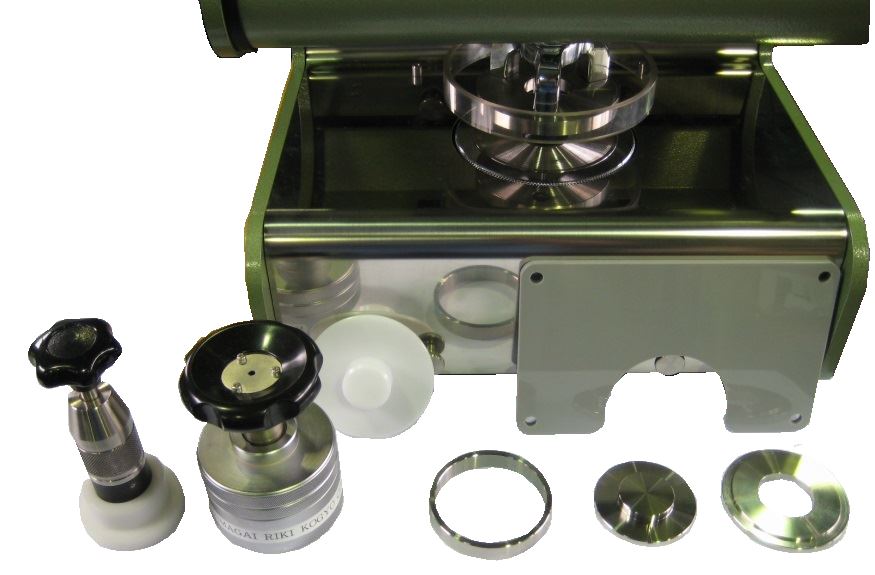
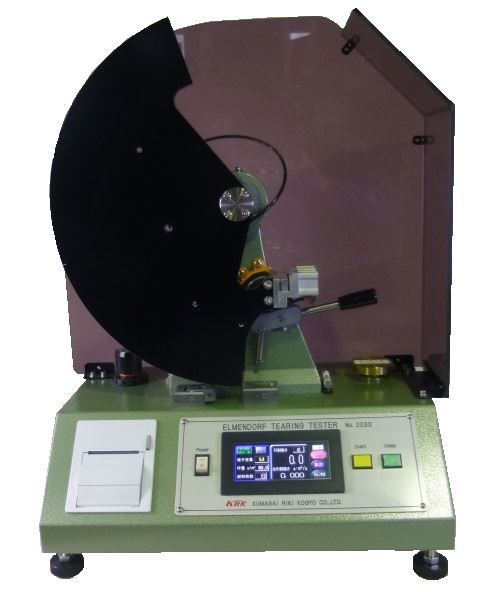
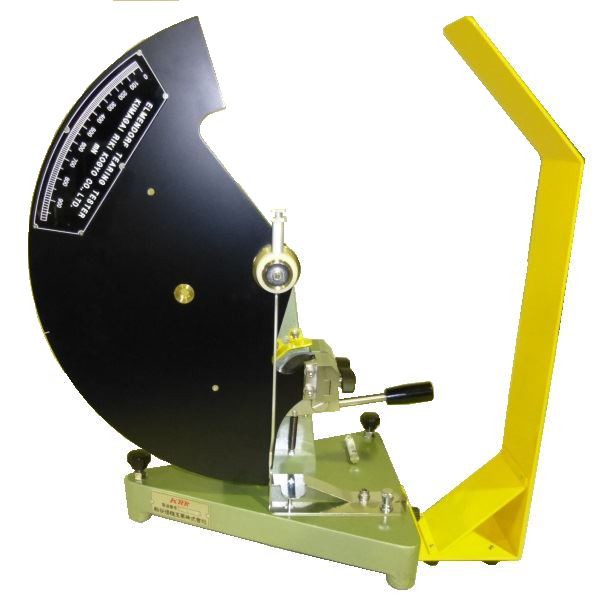
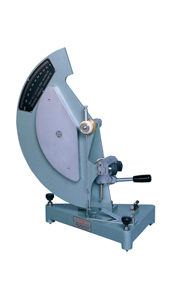

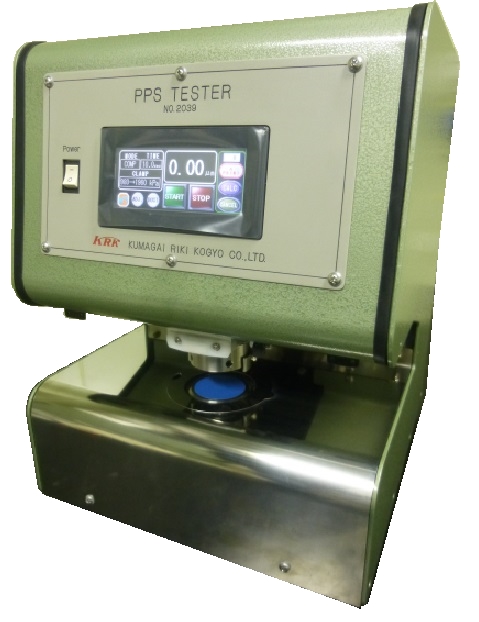
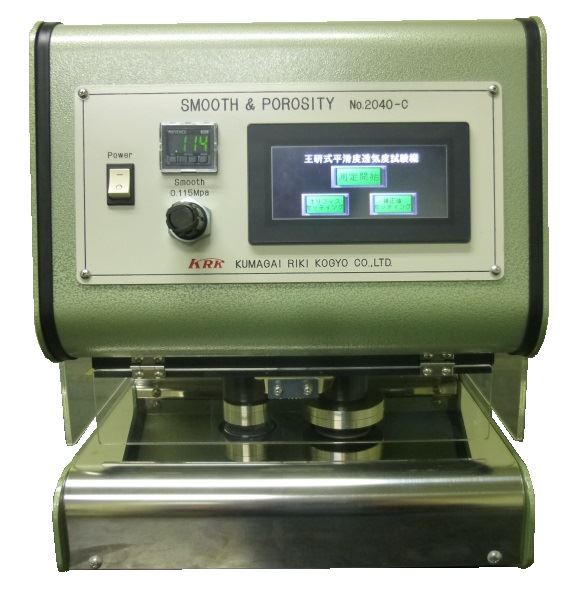
.jpg)
